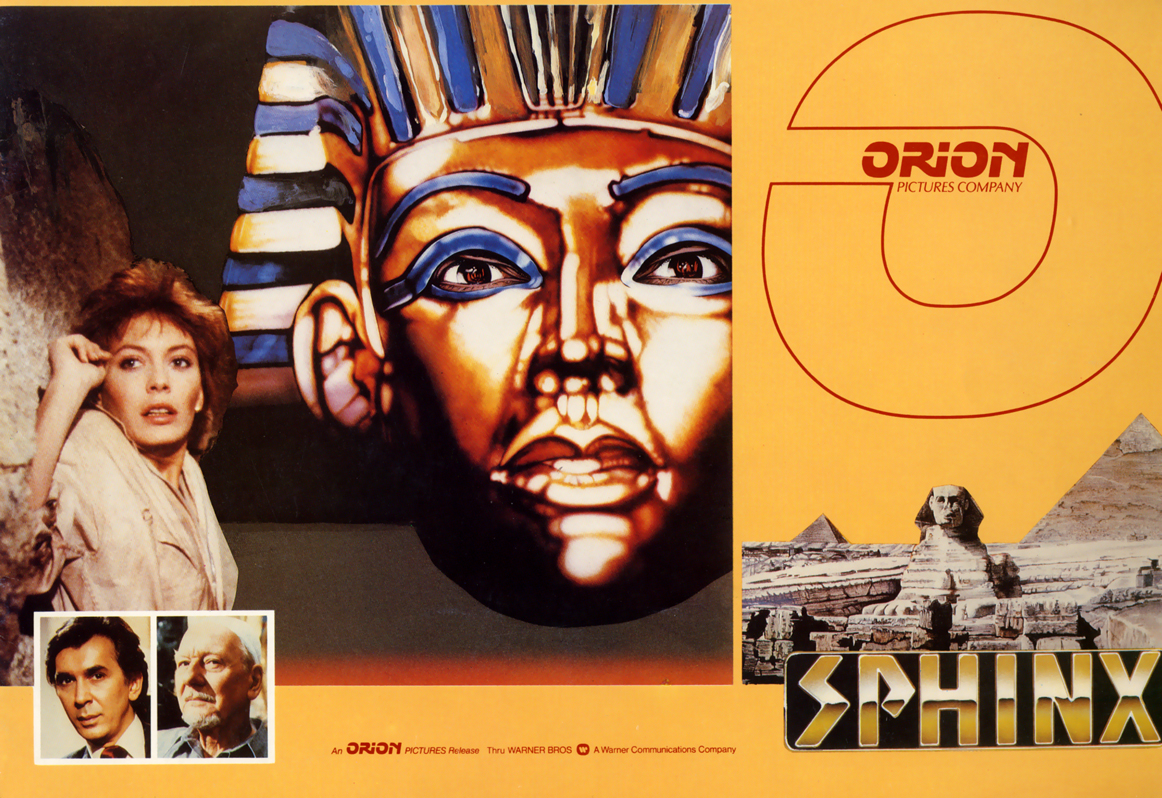


When a reader encounters a character, fictional or not, in any medium (print or electronic), that reader will mentally add the character to the scene by first cataloguing gender, and gradually adding appearance, attire and mannerisms. Ultimately, these narratives ask whether gender matters in life. They force readers to question gender segregation and the consequences of choosing to defy the gender one is assigned at birth. These narratives confront readers with the importance they assign to gender and their habit of pigeonholing certain behaviors, characteristics, and tendencies into a binary gender system. Love, rather than the characters' gender, is at the forefront of these works. The heterosexual love interest that has hitherto ruled the creative world is thus replaced by endless gender possibilities with which a couple may identify. In depicting characters, authors consciously merge masculine and feminine stereotypes to create gender-secretive characters. First-and second-person points of view are also common modes of narration, as " I " and " you " are gender-neutral. The paper discusses techniques that authors employ to keep gender hidden, such as employing inventive gender-neutral pronouns or not using them at all. One or more characters with an undisclosed gender are the focal point of the narrative. This paper focuses on ungendered narrative with reference to select fictional works, to shed light on the elements that define the genre.


 0 kommentar(er)
0 kommentar(er)
